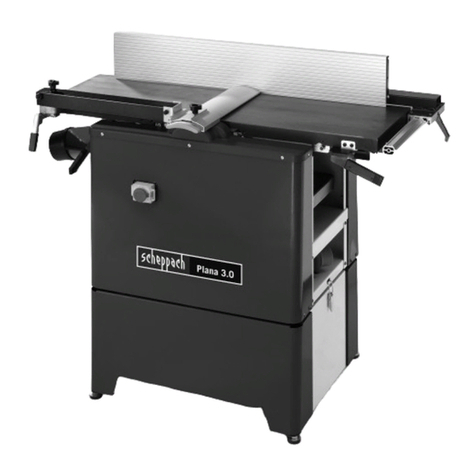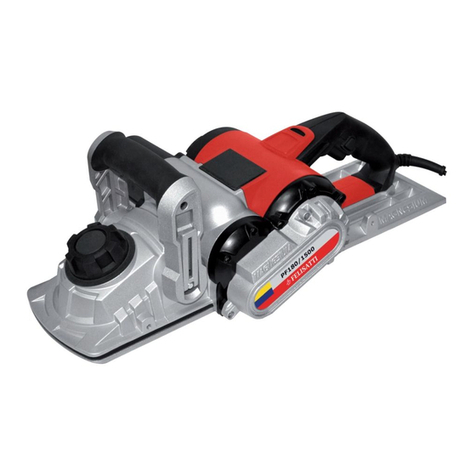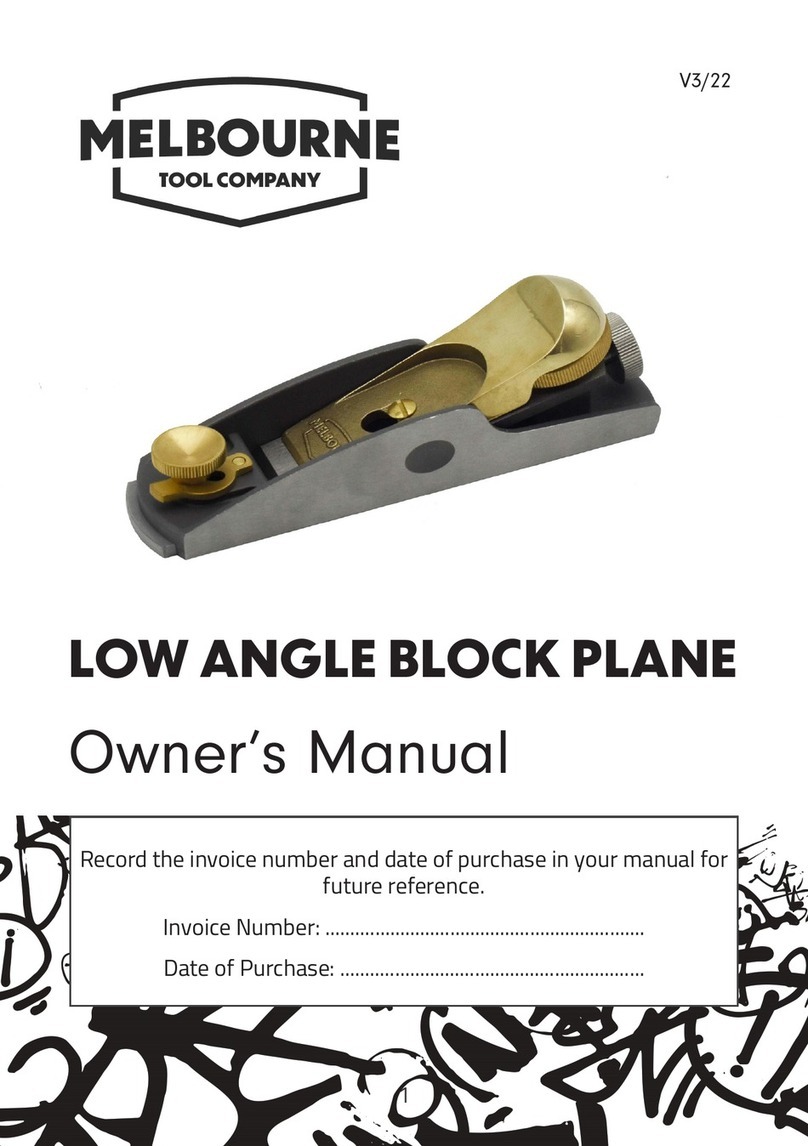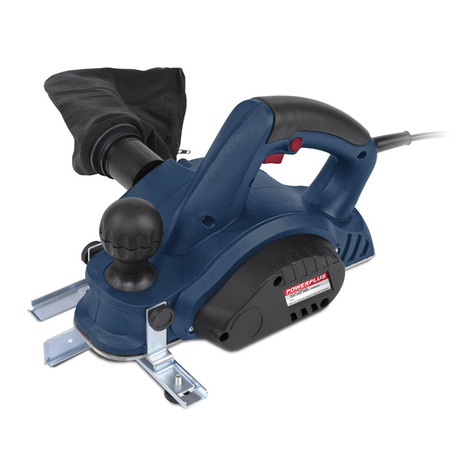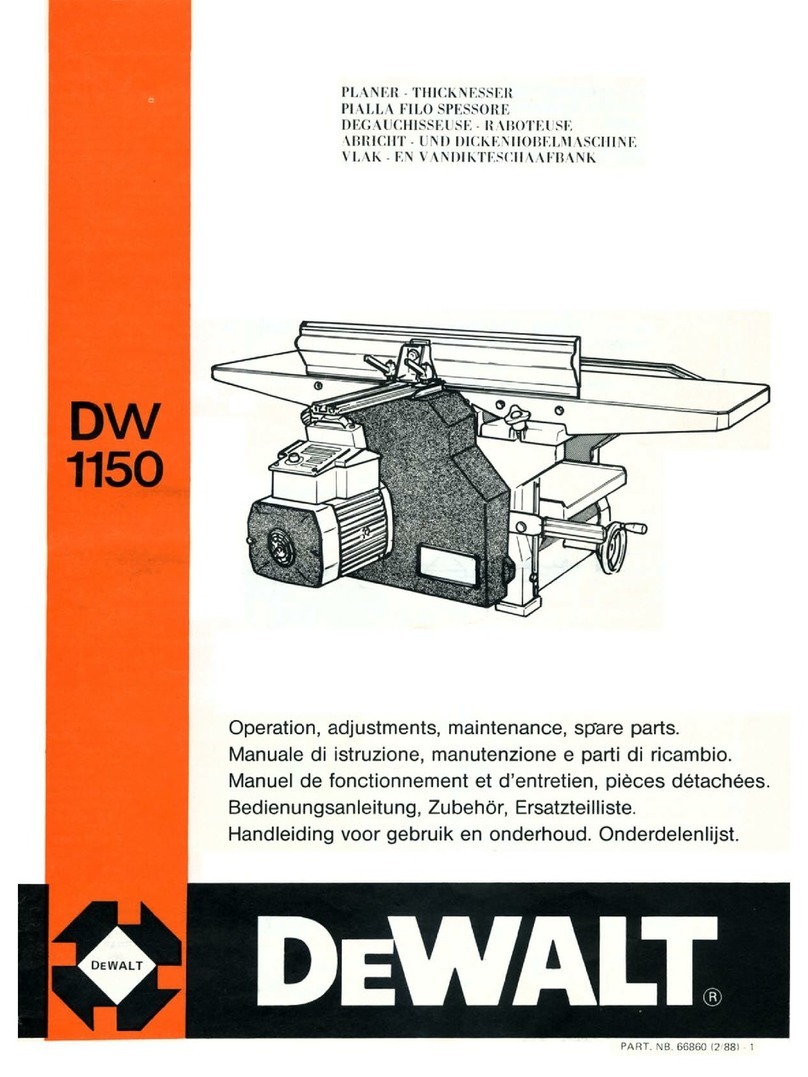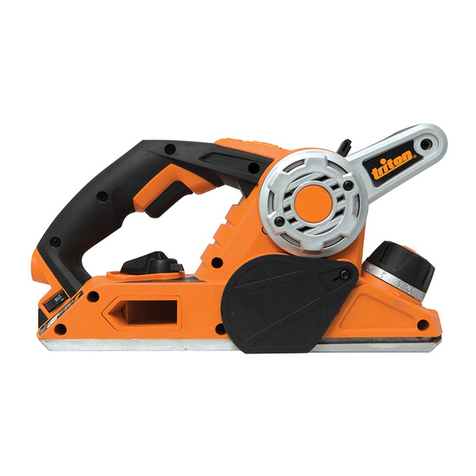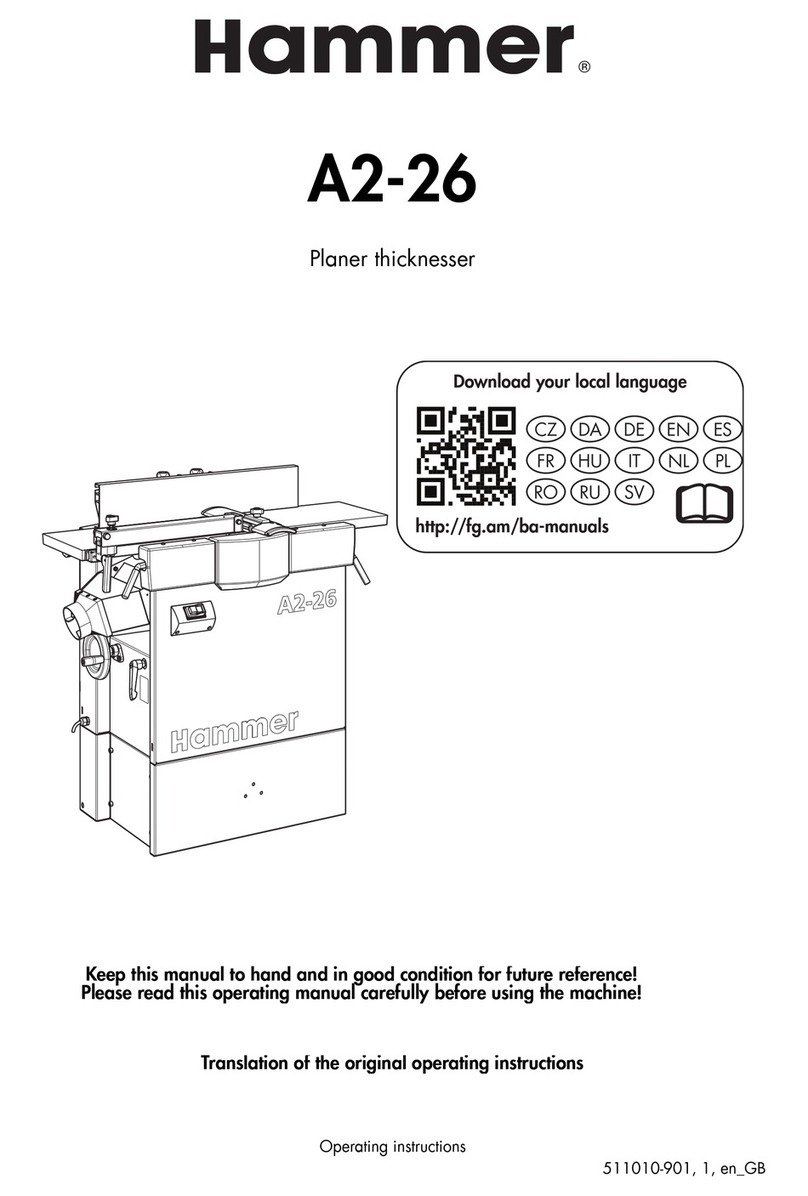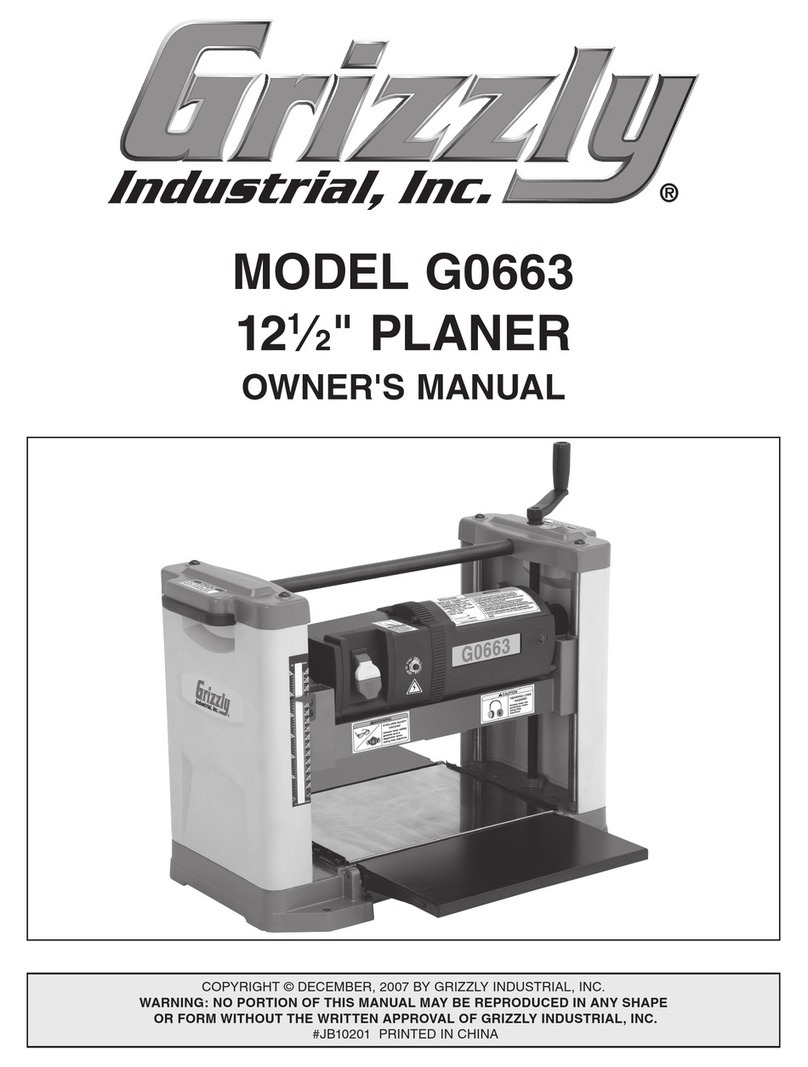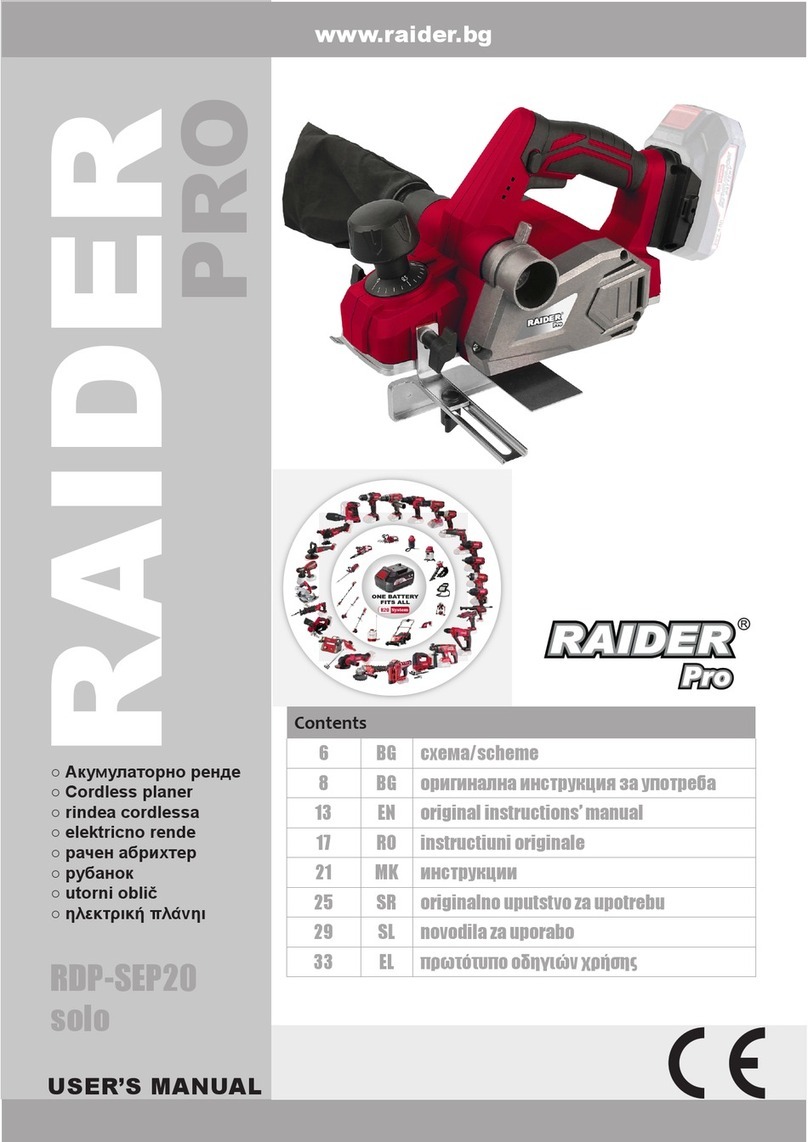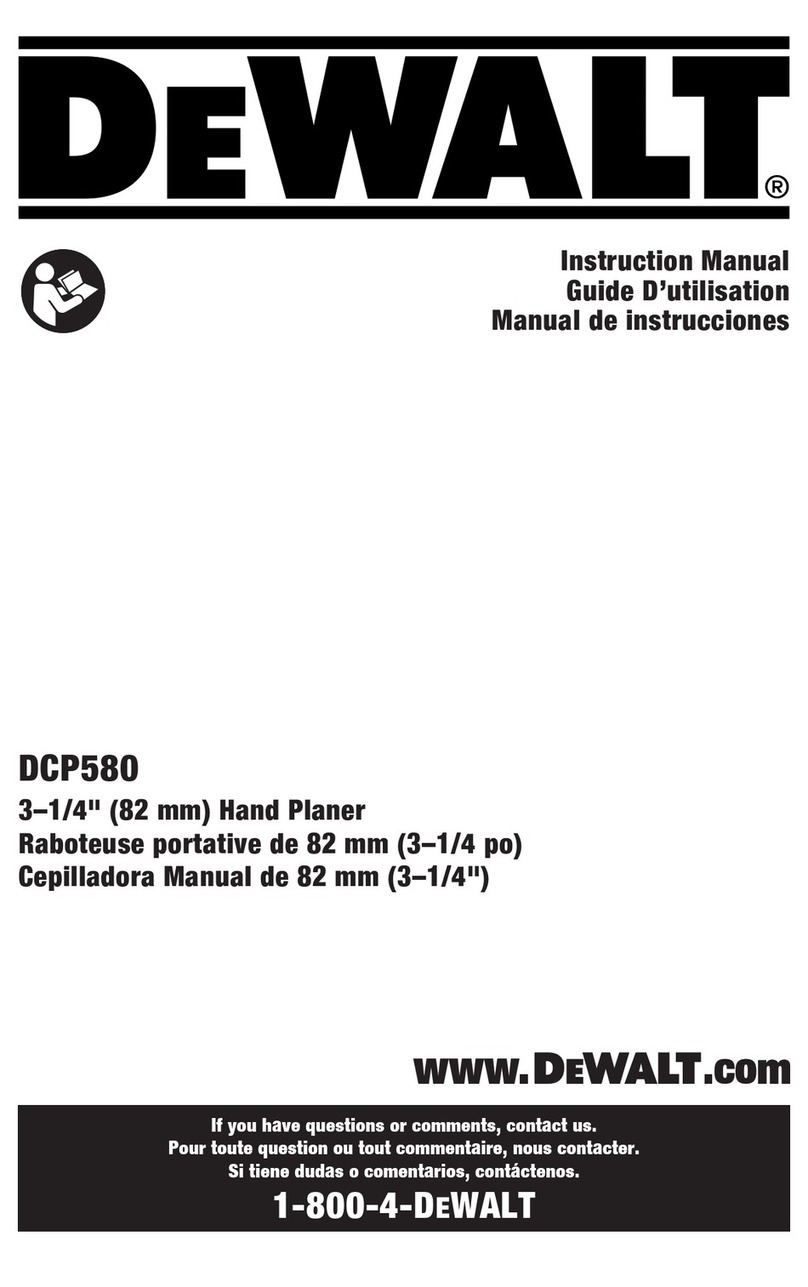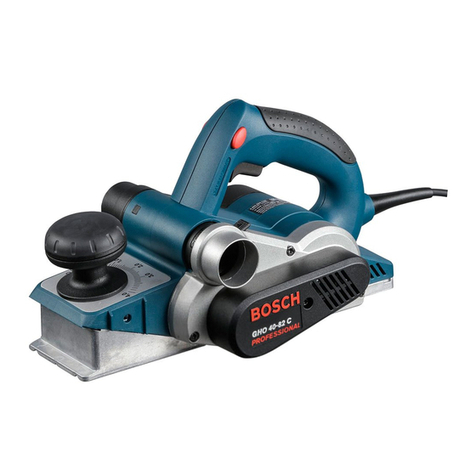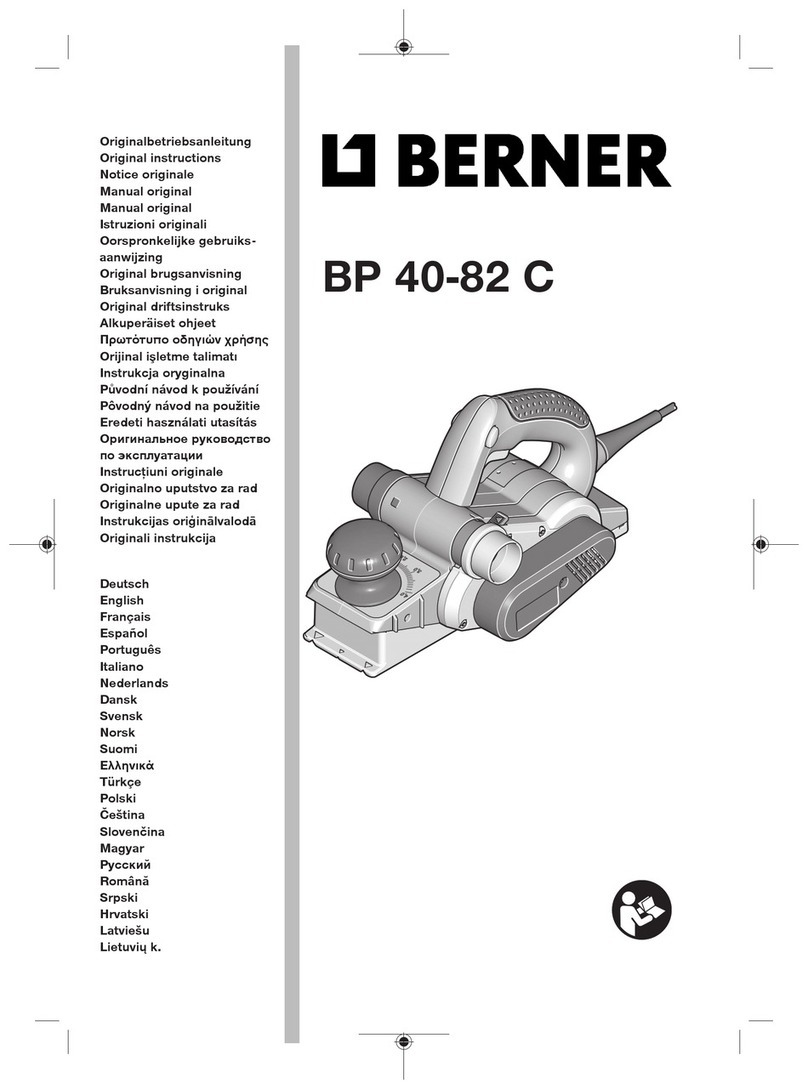CONTENTS
(PLANER-MOLDER-JOINTER-SANDER)
Item Page No.
SPECIFICATIONS. . . . . . . . . . . . . . . . . . . . . . . . . . . . . . . . . . . . . . . . . . .. 4
GENERAL INSTRUCTIONS. . . . . . . . . . . . . . . . . . . . . . . . . . . . . . . . . . . .. 4
SAFETY 5
ASSEMBLY INSTRUCTIONS................................... 6
OPERATING INSTRUCTIONS, PLANING , , . , " 7
LUBRICATION , . , , , , , . , , . , . , . , , , , . , , 7
ADJUSTMENTS AND MAINTENANCE , , .. , ,. 8,9,10
TROUBLE SHOOTING.. , " .. ,., .. , ,., ,' 11,12,13
PLANER PARTS LIST
&
BREAKDOWN ,. 14,15
-ACCESSORIES-
OPERATING INSTRUCTIONS, MOLDING"" ,.. ,', ..... 16,17,18,19,20
QUICK CHANGE MOLDER HEADTMParts List
&
Breakdown (Accessory) 21
MODEL 532 JOINTER (ACCESSORY). , , . . . . . . . . . . . . . . . . . . .. 22
SPECIFICATIONS, JOINTER , , , " 22'
INSTALLATION , , . , .. , , '. , , ,. 23
SAFETY , , . ". , , , , .. 24
OPERATION .. , , , , , . . . . . . . . . . . . . . . . . . . . .. 24
532 PARTS LISTING ' , , , .. , ' 25
SANDING ACCESSORIES '. 26
SANDING PAPER INSTALLATIONS , . , . , .. , '. 27
PARTS BREAKDOWN , ,.. 28
ACCESSORIES AVAILABLE , 29
NOTES , - , . . . . . . . .. 30
HOW TO ORDER PARTS , . , .. '. . . . . . . . . . . . .. 31
CHARACTERISTICS OF WOOD , , . , . " 32
